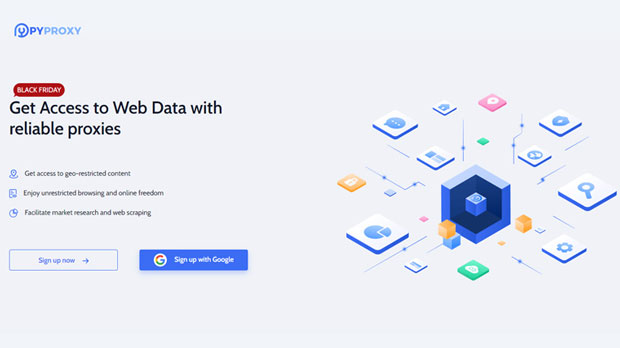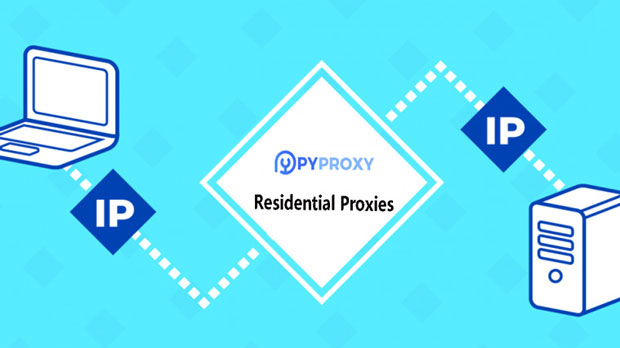When using Resty to access a target through a socks5 proxy, many users experience slower speeds. This performance degradation can be caused by various factors inherent in the proxy’s nature and the way it interacts with network traffic. Understanding why this slowdown occurs is crucial for optimizing the usage of socks5 proxies and making informed decisions about their application. In this article, we will explore the potential causes of slower speeds when using Resty with SOCKS5 proxies, along with practical suggestions to mitigate these issues. 1. Understanding SOCKS5 Proxy and Its FunctionalityTo comprehend the causes of slower speeds, it's essential to first understand what a SOCKS5 proxy is and how it operates. A SOCKS5 proxy is a type of proxy server that routes internet traffic on behalf of a client. Unlike HTTP or HTTPS proxies, SOCKS5 proxies do not interfere with the content of the data being transmitted. This makes SOCKS5 proxies versatile for different types of internet traffic, such as web browsing, emails, and even peer-to-peer (P2P) communications.However, the way a SOCKS5 proxy handles the data transmission can introduce delays. The proxy acts as an intermediary between the client (Resty, in this case) and the target server, which requires additional processing and routing. The more hops and layers involved in the network connection, the greater the potential for latency, especially if there are any inefficiencies or bottlenecks in the proxy’s architecture.2. Additional Network Hops Introduce LatencyOne of the primary reasons for speed reductions when using SOCKS5 proxies is the additional network hops required for data to reach its destination. When a user accesses a target directly, the data travels from their device to the target server through a direct connection. This process is typically quicker since there are fewer intermediate points involved.However, with a SOCKS5 proxy in the middle, the data first goes through the proxy server, then gets forwarded to the target server. This adds an extra layer to the communication process, which naturally increases the time it takes for data to travel. Each hop can introduce small delays, and if the proxy server is located far from either the client or the target server, the overall time for the round-trip communication increases significantly.3. Proxy Server Load and CapacityThe performance of a SOCKS5 proxy can be heavily influenced by its load and capacity. If the proxy server is handling a large number of requests from multiple users, it can become overloaded. This congestion leads to slower response times as the proxy struggles to manage the volume of traffic.Moreover, the hardware and software resources available to the proxy server also play a crucial role. Servers with limited processing power or bandwidth can become a bottleneck, slowing down the entire process. Resty, as a client, is at the mercy of the proxy's performance. If the proxy is under-resourced, the client will experience slower speeds, regardless of its own capabilities.4. Proxy Server Location and Geographical DistanceAnother significant factor affecting speed when using a SOCKS5 proxy is the geographical location of the proxy server. When the proxy server is located far from the client or the target server, the latency increases due to the longer physical distance the data must travel.For instance, if a client is in Europe, but the socks5 proxy server is located in Asia, the data must traverse a much longer distance, leading to increased travel time. Similarly, if the target server is located in another region or country, the round-trip time for data may rise further. The greater the distance between the client, the proxy, and the target, the more significant the slowdown will be.5. Proxy Server Bandwidth LimitationsBandwidth limitations of the SOCKS5 proxy server can also impact the speed of data transfer. Many proxy servers have a finite bandwidth capacity, which determines how much data can be transmitted at any given moment. If the server’s bandwidth is insufficient to handle the volume of data, the connection may slow down due to throttling.Additionally, if the client is trying to access large files or make frequent requests, the limited bandwidth can result in noticeable delays. Resty, which may be optimized for high-speed connections, could suffer if the SOCKS5 proxy is not designed to handle large or numerous requests efficiently.6. Encryption OverheadAnother factor that can slow down performance when using a SOCKS5 proxy is the encryption overhead. Although SOCKS5 itself does not provide encryption, many users choose to add encryption for enhanced security. When encryption is applied, the data has to be encrypted before it is sent through the proxy server and then decrypted once it reaches the target server.This additional step in the data transmission process introduces overhead, requiring extra processing power and time. The encryption and decryption processes can significantly increase latency, especially if either the client or the proxy server lacks the resources to handle the encryption efficiently.7. Proxy Server Type and ConfigurationNot all SOCKS5 proxy servers are configured equally. Some may be designed for high performance, while others might prioritize security or anonymity at the expense of speed. Depending on the server's configuration, various factors, such as the handling of packets, quality of service (QoS), and other parameters, could impact the speed at which data is transmitted.Furthermore, proxies with poor configurations can introduce inefficiencies, leading to delays. For example, a proxy that does not efficiently manage persistent connections might experience more frequent disconnects, leading to timeouts or retries that slow down the overall performance.8. The Client’s Configuration and Usage PatternsIn some cases, the issue may lie with the client (Resty) itself. Resty, by default, may not be optimized for working with SOCKS5 proxies. There may be configurations or settings that need adjustment to improve performance. For example, tweaking the number of concurrent connections, connection timeout settings, or adjusting buffer sizes can have a significant impact on the speed of communication.Moreover, how Resty is being used plays a role in the overall performance. For instance, if Resty is making a high volume of requests in quick succession or handling large data transfers, the connection through the SOCKS5 proxy may be stressed, leading to slowdowns. Reducing the number of requests or optimizing the way data is requested can help mitigate this issue.9. Network Congestion and InterferenceFinally, network congestion, both at the client’s side and within the proxy server’s network, can result in slower speeds. If there is heavy traffic on the internet route used by the proxy server, it can lead to packet delays, retransmissions, and overall network degradation.Similarly, interference from firewalls, antivirus software, or other network security mechanisms can introduce additional delays by inspecting or blocking traffic, even if such actions are not directly related to the SOCKS5 proxy itself. These external factors can compound the effects of the proxy, further slowing down data transfer speeds.ConclusionIn summary, there are numerous factors that can contribute to the slowdown of Resty when accessing a target through a SOCKS5 proxy. From additional network hops and proxy server load to encryption overhead and geographic distance, each component can introduce latency and degrade performance. By understanding these factors and taking appropriate steps to optimize both the client and server configurations, users can mitigate some of the speed issues and achieve better performance when using SOCKS5 proxies with Resty.
Jan 16, 2025





























































